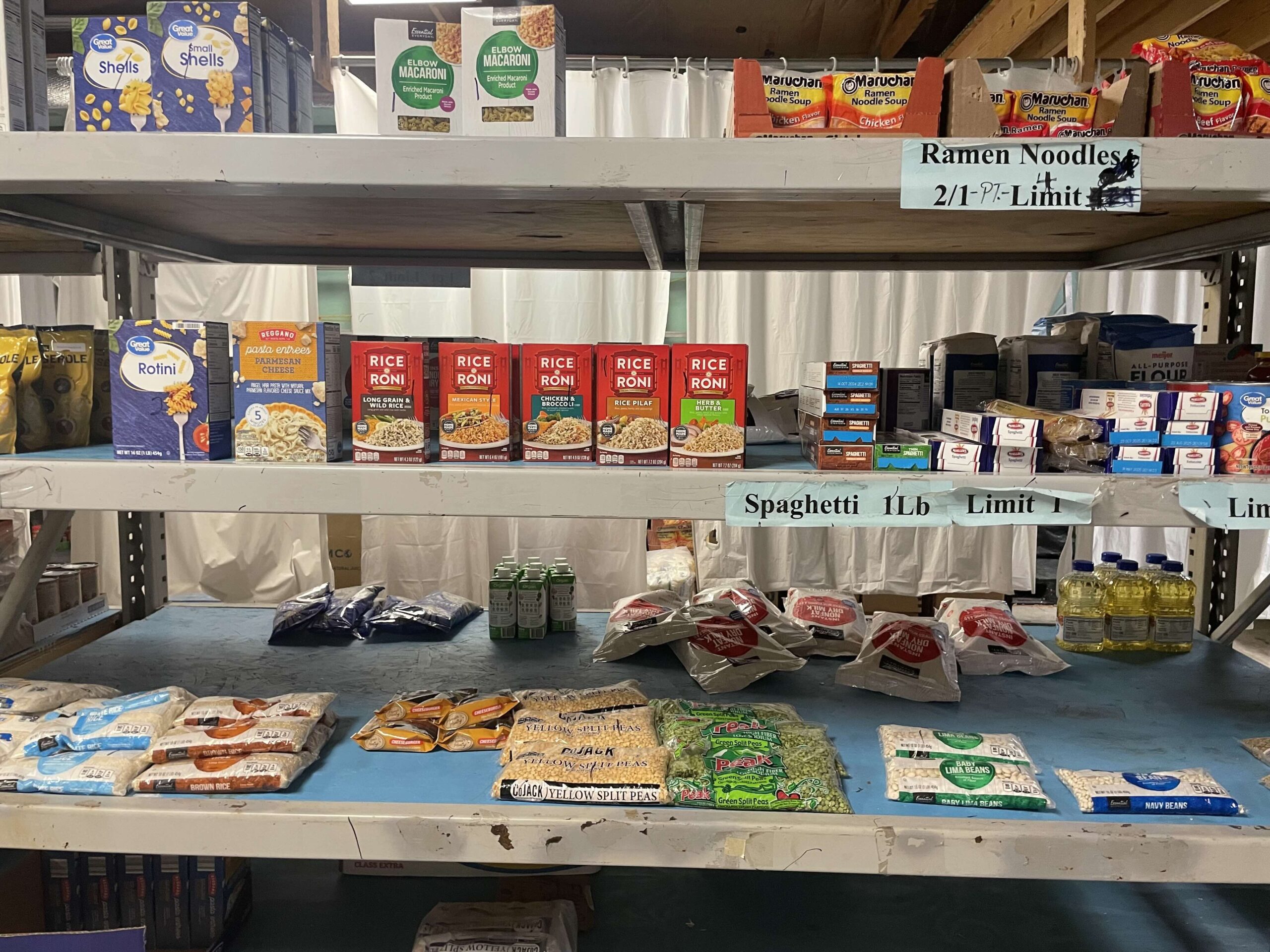By: Mya McNew & Andrew Scalf
The U.S. Department of Agriculture defines food insecurity as limited or uncertain access to adequate food.
Grant County suffers significantly from food insecurity compared to surrounding counties.
Ashley Shirley of Thriving Grant County shared statistics.
“We are 91 out of 92 counties, so we have the second highest rate in the state. And we have the highest food insecurity rates for children,” Ashley Shirley, from Thriving Grant County, said.
Many organizations see those numbers play out when serving the community.
“Last month, our food pantry saw 108 cases, which represented 262 individuals in Grant County,” Lieutenant Michaela Lendt, the Executive Director and pastor of the Salvation Army, said.
Lendt works with individuals directly on a daily basis.
“Roughly like 30% of people do not make what it costs to live…so then they have to decide what bills they are going to pay,” Lendt said.
Brad Terhune, Executive Director of the Grant County Rescue Mission, said he points to the high price of food and low incomes as part of the reason for high amounts of food insecurity in Grant County.
“There are people who can not find a way to lower their grocery budgets when their incomes are not going up. As fast as the cost of things is going up,” Terhune said.
These rising costs have not stopped The Rescue Mission and other organizations from affording the food used to serve those in need.
“Even in the last few years, you know, food prices have gone way up, we are able to still buy in bulk from different places,” Terhune said.
One place many organizations get food from is Second Harvest Food Bank.
Second Harvest partners with over 100 organizations and schools across eight Indiana counties.
Despite many organizations working together, many individuals still go hungry.
“It is kind of this silent thing a lot of families are struggling with,” Shirley said.
Many families fall under the categories of asset-limited, income-constrained and employed, also known as the Alice Index.
“But they also make too much to get food stamps,” Lendt said.
Lendt expressed families face the decision of buying food or paying bills because they do not make enough for both.
The Rescue Mission and Thriving Grant County highlight ways other community members can help.
“I think if we all are collectively moving in the same direction, we can make a bigger impact,” Shirley said. “Support pantries, and do not just do it around the big holidays.”
Along with Shirley, Terhune made the point that The Rescue Mission can do a lot with consistent donations and that when donating, many should consider buying industrial-sized cans instead of small cans.
“I would love for the community to continue to come in and serve those that are in this situation,” Terhune said.
Among those who have faced the struggle of rising costs, bills and addictions was Travis Osborn.
“I was a drug user out on the streets and went to rehab, and this was the place that I came to to turn my life around,” Osborn said.
Now, Osborn works at The Rescue Mission where he fulfills many jobs.
“So I supervise the guys that are in the program. And I also teach my group that I lead is called the recovery group. So I teach the 12 steps derived from either AAA or NA, and kinda take them through those so they get an understanding of how to work their recovery,” Osborn said.
Food security is just one goal of these organizations, along with helping those suffering from addiction and mental health.
The community can and continues to take small steps to help out those in need.

